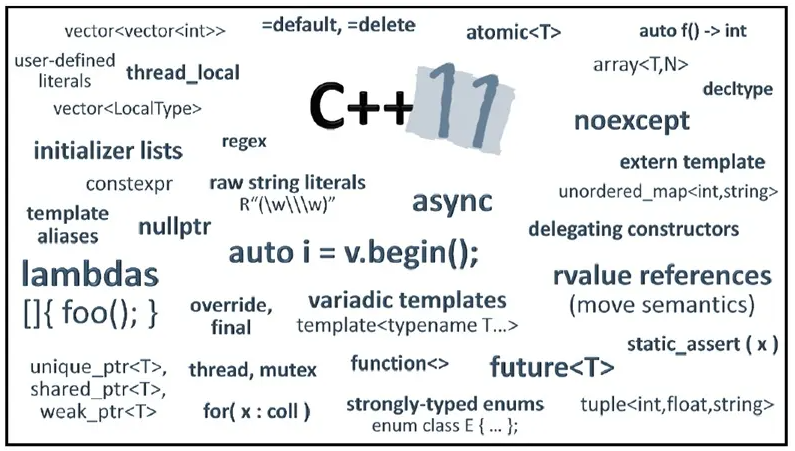
Java函数指针
函数指针是指向函数的指针变量,是C++和Python中一种常用的技术。使用范围主要是根据传入不同类型的元素,希望调用不同的函数。
使用场景
举个例子,给两个变量a和b,希望传入字符’+‘调用a + b的方法,’-‘调用a - b的方法,’*‘调用a * b的方法,’/‘调用a / b的方法
常规的写法是使用switch来对输入的字符进行校验,然后调用对应的方法。
当字符的种类很多,甚至是int型时,我们不得不写非常多的case语句。在公司要求的编码规范中,可能要求函数的长度不能超过50行,则需要嵌套大量的switch case,如下代码所示
1 | class Solution { |
上述代码中的otherSign就是模拟了test函数超过50行后,转到另一个函数继续处理switch case的情况。
对于这种情况,我们可以使用函数指针+表驱动的方式,建立一个map,其中key是符号,value是对应的函数指针。
但是Java中不存在指针的概念,我们应该如何实现呢?
函数指针
我们可以使用接口的方式,将对象放在map中,然后使用的时候取出该对象,调用对象的方法即可。
1 | class Solution { |
小伙伴可能会有疑问,上述代码比之前那个还要长,为什么还要这么些呢?
这是因为我们还没有对这个写法进行改造,放入map中的Function对象仅仅只有一个方法,因此可以使用lambda的方式进行优化。
1 | class Solution { |
下面这个写法的代码量就少于使用switch case的写法了,而且随着case的增加,这种优势会越来越明显。
如果lambda表达式中只有一行调用函数,且调用函数的参数和lambda表达式的参数相同,那么lambda表达式就可以进行改写成双冒号的形式。
如果是静态的方法,可以用类名::的方式
如果是非静态的方法,可以用对象::的方式、this::的方式
1 | class Solution { |
Java小结
这种使用Map来区分函数执行方式的代码在实际的工程开发中经常使用,这种写法可以称为函数指针也可以称为表驱动,希望小伙伴们能掌握它。